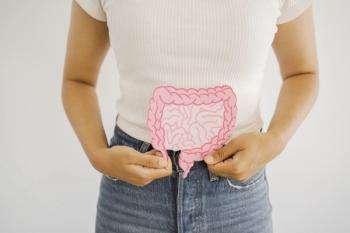
Patients With Myeloma Precursor Report Worse Quality of Life
Cancer affects many aspects of a person’s life, such as the overall quality of their day-to-day living, but what if a person didn’t have the full-blown disease already? Could a precursor or asymptomatic stage of the disease still burden them?
Cancer affects many aspects of a person’s life, such as the overall quality of their day-to-day living, but what if a person didn’t have the full-blown disease already? Could a precursor or asymptomatic stage of the disease still burden them?
Researchers from The University of Texas MD Anderson Cancer Center in Houston sought to answer these questions in a baseline analysis that included 52 patients being treated at the center.
Thirty-one patients had smoldering multiple myeloma (SMM), which is an early or asymptomatic myeloma. Oftentimes these patients have some signs of multiple myeloma, a blood cancer that affects the plasma cells, but are not seeing any problems. Twenty-one patients had monoclonal gammopathy of undetermined significance (MGUS), which is when abnormal plasma cells make many copies of the same antibody but do not actually form a tumor or mass. However, people with SMM and MGUS have greatly increased chances of developing multiple myeloma.
All patients were asked to complete online questionnaires, either at home or in the clinic, about general quality of life related to items like symptoms, pain and worry.
The study findings showed that patients with MGUS have worse quality of life compared with patients with SMM. Researchers also saw significant differences in physical functioning, nausea/vomiting and pain.
In addition, patients with MGUS self-reported higher levels of back pain, burning/sore eyes, restlessness/agitation and tingling in the hands/feet.
“The MGUS population had a significantly higher burden for quality of life compared to the smoldering patients, which kind of was not necessarily expected because MGUS is a precursor,” study author Michelle A.T. Hildebrandt, Ph.D., assistant professor at MD Anderson, said in an interview with CURE. “An MGUS patient is not thought to have the disease per se and to be asymptomatic.”
Smoldering patients reported levels of quality of life similar to the general population and they seemed less worried about a diagnosis than patients with MGUS, Hildebrant added.
“This increase in reported quality of life burden corresponded to MGUS patients feeling less in control of their multiple myeloma risk compared to SMM patients,” the researchers wrote.
Hildebrant was slightly surprised by the overall study results. “It was surprising that traditionally MGUS is thought to be asymptomatic, but maybe this shows that we need a different approach to how we think of MGUS patients,” she said. “It’s a first step to characterizing and understanding the MGUS experience.”
The researchers plan to expand the patient population, since, Hildebrant noted, the sample size in this study was small. “As we get more patients and more data, it will be interesting to see if there are changes over time,” she added. “Once we start to tease out what may be happening then we may potentially have ways to intervene.”




